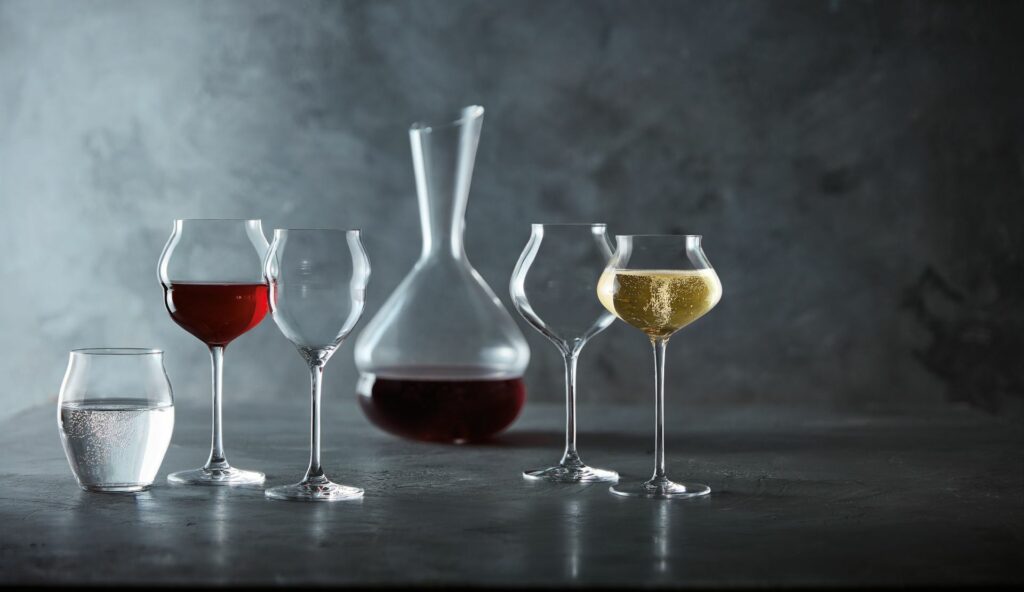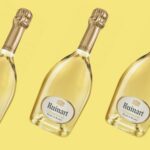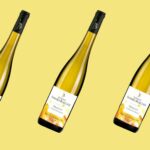Some wines reveal all their freshness in their early years, while others gain in complexity with age. For wine lovers, knowing how to distinguish between wines to be drunk young and those to be aged can help you manage your cellar and enjoy each bottle at the right moment.
Characteristics of a wine to be drunk young
A wine to be drunk young is distinguished by its lightness, freshness and fruity aromas. It can be enjoyed a few months to a few years after bottling. The tannins are supple, the acidity lively and the overall structure not very pronounced.
These wines are ideal for aperitifs, simple meals or convivial moments. They offer an immediate and pleasant expression. They don't need long ageing. Producers make them to be quickly accessible. They do not benefit from prolonged cellaring.
Wines to drink young include many dry whites, rosés and light reds. A Sauvignon blanc from the Loire, a rosé from Provence or a Gamay from Beaujolais are good examples. They express notes of citrus, flowers or red berries that quickly fade.
The best examples of wines to drink young

Beaujolais Nouveau: fruity, light, perfect within 6 to 12 months.
Muscadet sur lie: ideal for seafood, drink within two years.
Rosé de Provence: drink within the year to preserve its freshness.
Sauvignon blanc (Loire or New Zealand): vegetal and citrus notes, drink young.
Young red Côtes-du-Rhône: some can be drunk within 2 or 3 years.
What is a wine to be aged?
A wine to be aged has a solid structure. It is rich in tannins, with good acidity and sometimes a little residual sugar. These elements ensure a slow, positive evolution. The wine becomes richer in tertiary aromas, rounder and more complex.
Great tannic reds like Bordeaux, Barolo or Ribera del Duero evolve wonderfully. Rich whites like Alsace Grands Crus or Savennières gain depth. Time brings notes of leather, undergrowth, honey or wax.
There are several rules to follow when storing wine. A stable temperature of around 12°C, controlled humidity and low light levels are essential. Without these, a great wine risks evolving too quickly or ageing badly.
Examples of wines to age

Bordeaux red (Graves, Saint-Émilion, Médoc): potential 10 to 20 years depending on vintage.
Barolo (Italy): tannic, evolves magnificently after 8 to 15 years.
Hermitage rouge (Northern Rhône): Complex Syrah, excellent after 10 years.
Grands Crus d'Alsace (Riesling, Pinot Gris): long potential, sometimes over 15 years.
Sauternes or Monbazillac: sweet, to be kept for 10 years or more.
White wines: all best drunk young?
Not all white wines can be drunk immediately. While simple, low-acid or low-concentration white wines are best enjoyed young, others can improve with age.
A Chardonnay aged in barrel, a terroir-driven Riesling or a well-structured Chenin blanc often gains in texture. It develops aromas of dried fruit, honey and even truffles. These white wines for aging deserve a well-managed cellar.
It's always best to observe the grape variety, terroir, vintage and vinification. Some Burgundy or Jura whites may surprise you after 10 to 15 years in the cellar.
How do you recognize a ready-to-drink wine?
There are several clues as to whether a bottle can be opened:
Coat: an overly tinted red or too dark a white may indicate oxidation.
The nose: an expressive, clean, complex wine is often at its best.
Mouth: if the tannins are smooth and the balance harmonious, the wine is ready.
Knowing how to read the sensory signs and the wine's potential helps you avoid drinking a bottle that's too young or too old.
Managing wine storage for a successful cellar
To build a good cellar, you need the right wine storage. It must meet several criteria:
Temperature: stable between 11 and 13°C, with no variation.
Humidity: approx. 70% to prevent corks from drying out.
Darkness: light alters aromas and color.
Lying down: this keeps the cork moist and prevents air from entering.
Controlling these parameters ensures controlled evolution. Even a wine with ageing potential will only age well under the right conditions.
Creating a balanced cellar
A well thought-out cellar includes a proportion of wines to be drunk young and another of wines to be aged. This organization makes it possible to cater for all occasions. This means diversifying appellations, regions and styles.
Some wines can be drunk within the year. Others need 5 to 20 years, depending on their structure. Noting purchase dates, organizing shelves by ageing period, and using tracking tools makes management easier.
If you enjoyed this article, don't hesitate to read the following one "South African wines: a surprising diversity"which may also be of interest to you!





